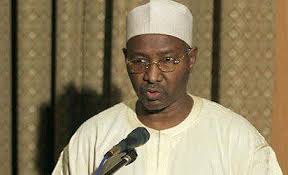RIYADH/MAKKAH, June 2025 — Saudi Arabia hosted 1,673,230 pilgrims during the 1446H Hajj season, the Kingdom’s authorities announced this week, underscoring the country’s logistical capacity to manage one of the world’s largest religious gatherings.
According to data released by Haramain Info, international pilgrims made up the majority of attendees, with 1,506,576 pilgrims traveling from abroad. An additional 166,654 pilgrims were Saudi citizens and residents.
The global nature of the pilgrimage was again evident this year, with worshippers hailing from 171 nationalities, reflecting Hajj’s status as a central event in the Muslim world.
Air Travel Dominates Entry Points
Modern transport infrastructure played a vital role in this year’s operations. Air travel remained the dominant mode of entry, with 1,435,017 pilgrims arriving through airports. Land borders saw 66,465 arrivals, while 5,094 pilgrims entered via seaports.
Gender Representation
The gender breakdown showed a near balance, with 877,841 male pilgrims and 795,389 female pilgrims participating in the rituals. This aligns with Saudi Arabia’s ongoing reforms to expand access and services for female pilgrims.
Streamlined Processing
A key innovation this year was the Makkah Route Initiative, which allowed 314,337 pilgrims to complete pre-clearance of immigration and customs procedures in their home countries, reducing congestion and processing times upon arrival.
Vision 2030 Alignment
The latest figures highlight Saudi Arabia’s broader strategy under Vision 2030 to boost religious tourism while modernizing services linked to Hajj and Umrah. The government continues to invest heavily in infrastructure, crowd management, and digital services to accommodate the growing number of pilgrims expected in future years.
Saudi Arabia is targeting up to 30 million religious visitors annually by 2030 as part of its economic diversification plans.







